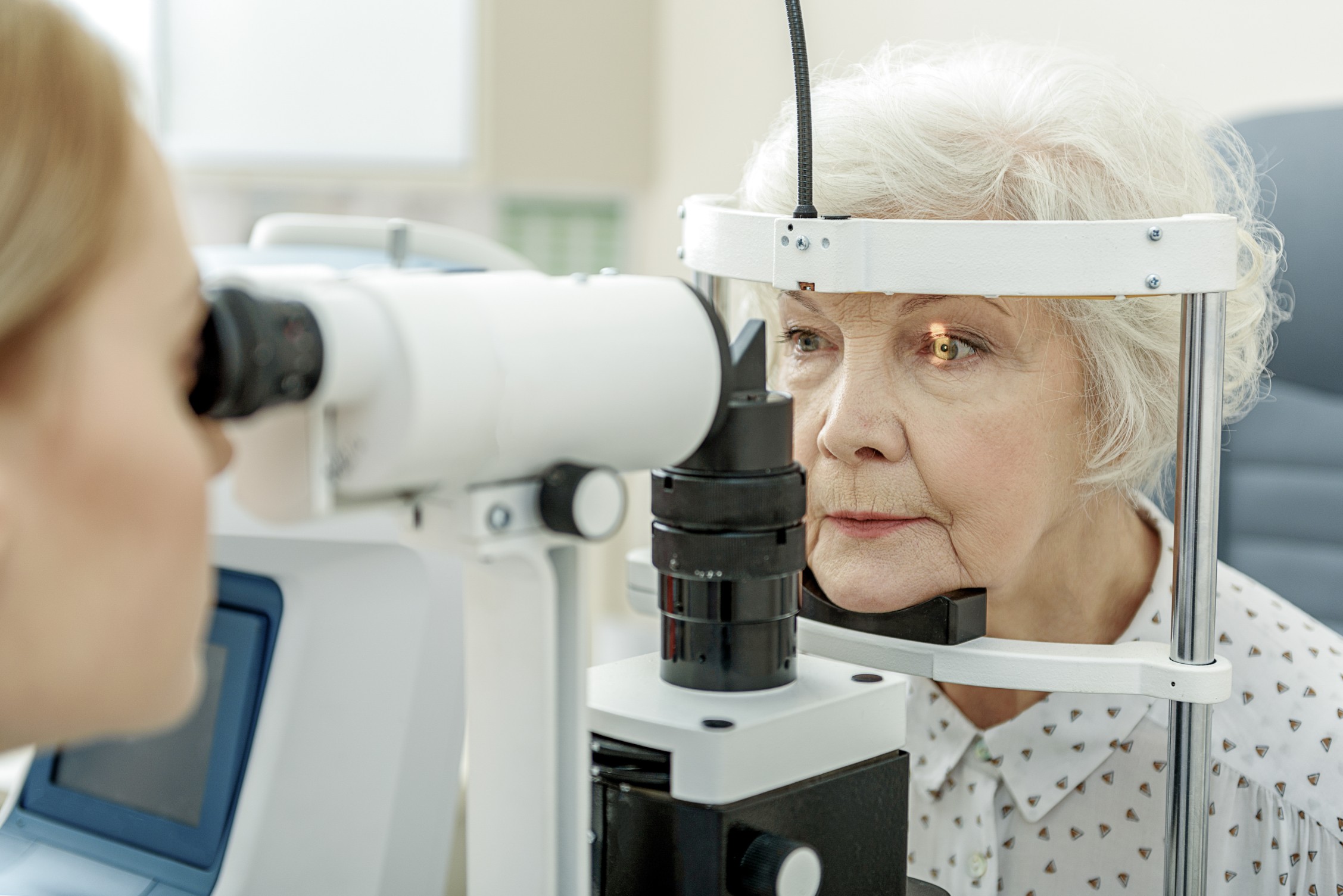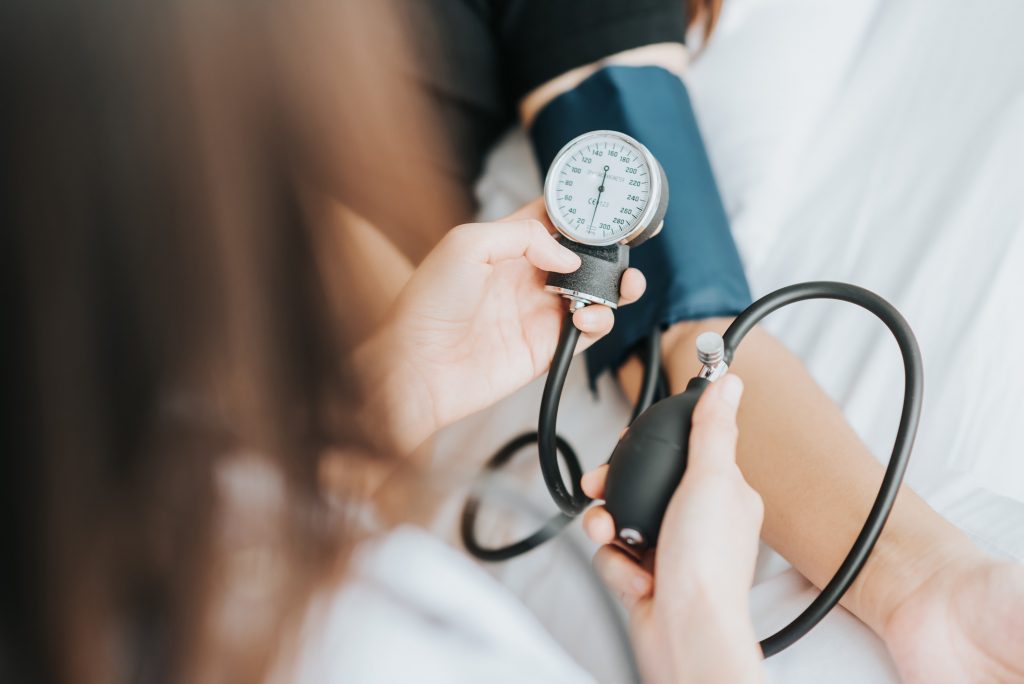How a Rainy Night and Beyoncé Kept DC Metro Running
August 9, 2023
In the captivating world of music and entertainment, artists wield a unique power that extends beyond the boundaries of the stage, leaving an indelible mark on the hearts and minds…

Glaucoma is an illness that harms the optic nerves in your eyes and is brought on by elevated eye pressure. The long-term effects of glaucoma symptom neglect include progressive and irreversible visual loss. The two most prevalent types of this eye condition are open-angle and angle-closure glaucoma.
The most prevalent type of glaucoma develops when the trabecular meshwork in the eye is partially clogged, impairing adequate fluid outflow. This glaucoma is painless and has no symptoms except for progressive vision loss over time.
Angle-closure glaucoma develops when the eye’s iris protrudes forward and narrows very closely to the drainage angle. The iris can completely obstruct the drainage angle, which causes the ocular pressure to increase rapidly. Closed-angle glaucoma is a medical emergency that can happen abruptly and must be treated immediately to prevent permanent vision loss.
The following signs can occur:
>Intense eye pain
>Nausea and stomach pain
>Red-eye
>Blurry vision

When a child is born with congenital glaucoma, the eye angle is defective, slows, or obstructs normal fluid drainage. Congenital glaucoma frequently exhibits signs including clouded eyes, excessive weeping, or sensitivity to light. Congenital glaucoma can run in families.
This less common glaucoma damages the optic nerve even though the eye pressure is within the normal range. Scientists don’t fully understand this illness, although a decreased blood supply to the optic nerve may be to blame.
This particular form of glaucoma is brought on by the complication of certain medical illnesses, such as diabetes and high blood pressure, or by other eye disorders, such as cataracts and uveitis, medicine side effects, or eye injury.
Aqueous humor, the fluid that fills your eye, typically leaves through a mesh-like canal. If this duct becomes blocked or the eye generates too much fluid, the fluid may begin to accumulate. Occasionally, experts are unaware of the precise reason for this blockage, but they know it can be inherited or passed from parents to children.
Chemical or traumatic eye damage, a severe eye infection, blocked blood vessels inside the eye, and inflammatory diseases are a few less frequent causes of glaucoma. Although uncommon, it can occasionally result from eye surgery to treat another condition. Both eyes are often affected, but sometimes one eye may be more severely affected than the other.
Glaucoma can strike everyone. But some people are more at risk than others.
Among the glaucoma risk factors are:
>High intraocular pressure.
>African, Hispanic, or Asian heritage
>Being age 40 or older
>Familial glaucoma history
>Many medical disorders, including high blood pressure, diabetes, migraines, and sickle cell anemia
>Extreme nearsightedness or farsightedness
>Eye damage or specific eye surgeries
>Long-term use of corticosteroid medications, particularly eye drops
>Some individuals have narrow drainage angles, which increases their risk of developing angle-closure glaucoma.
See an ophthalmologist about your glaucoma risk—a person’s risk of developing glaucoma increases when they have more than one of these risk factors.
Glaucoma is a significant contributor to blindness and vision loss. The condition affects roughly 80 million people worldwide. Everyone should make glaucoma prevention a top priority. To find out how to avoid glaucoma, continue reading.
While assessing your general health, keeping your eyes in good condition is crucial. It’s critical to take precautions today to ensure the health of your eyes in the future. Here are some tips to help prevent glaucoma.
Maintaining eye protection from eye damage is one of the most important measures to prevent glaucoma. Try to be careful, for instance, by wearing safety glasses or face shields when participating in sports or any other activity where your eyes could be at risk.
Your eyes must also avoid the UV radiation that the sun emits. You can purchase a hat or pair of sunglasses to wear outside for that purpose. By doing so, you’ll be able to keep your eyes healthy and lower your risk of developing glaucoma.
Thorough eye exams are the only way to diagnose glaucoma and the only way to stop any irreversible damage to the optic nerve. Your ophthalmologist can do a glaucoma screening during an eye exam to examine your optic nerve, ocular pressure, the drainage angle of your eyes, and evaluate your peripheral vision. Present-day highly advanced diagnostics aid in the earlier detection of glaucoma.
If you don’t have any recognized risk factors, you should schedule annual eye tests based on your age:
>Every 2-4 Years for those between the ages of 40 and 54
>Every 1-2 Years for those 55 to 64 years of age
>Older than 65: Every year
To determine how frequently you should schedule eye exams if you are at high risk for developing glaucoma, speak with your doctor.
Glaucoma and eye pressure have a direct connection. Although some people with high eye pressure don’t get the condition, glaucoma can also strike those with normal eye pressure. Although it is a risk factor, increased eye pressure does not directly cause glaucoma. With a good diet and regular exercise, stress management can help you control your blood pressure levels.

There are numerous cardiovascular advantages of exercise, including lowering intraocular pressure. Modest activity will ultimately only benefit your general health. The critical word here, however, is “moderate”; according to some research, overexerting oneself during exercise may overstress the cardiovascular autoregulatory system, which is thought to worsen glaucoma.
Modest exercise can help you feel better overall and reduce intraocular pressure. Avoid doing specific activities, especially inversion poses in yoga, and work out until you are exhausted. As blood rushes to your head from positions like balancing on your head, the auto-regulating systems are stressed, making it difficult for the eyes to focus.
A high risk of glaucoma is linked to heavy computer use. Smartphone screens are so small that reading or typing on them strains the eyes. According to one study, using a smartphone for five minutes or longer when in low light can considerably increase ocular pressure. Thus, try to avoid using smartphones in places with poor lighting. Remember to pause regularly and practice eye exercises for prolonged use of digital screens.
Caffeine may feel like a morning necessity, but studies have shown that it can raise your risk of glaucoma. Caffeine reduces circulation and pressure behind the eyes. Glaucoma and other eye conditions can develop over time due to elevated eye pressure. Caffeine is okay in moderation, but consuming more than two cups of coffee daily may increase your risk of illness.
The most prevalent kind of glaucoma, primary open-angle glaucoma, frequently runs in families. You have an approximately five times higher risk of developing glaucoma than people without close family members who have the disease. In light of this, you should undergo screenings more frequently if you have a family history of glaucoma.
Glaucoma eye drops can dramatically lower the likelihood of elevated eye pressure developing into glaucoma. Even if you are symptom-free, follow your doctor’s instructions for eye drops.